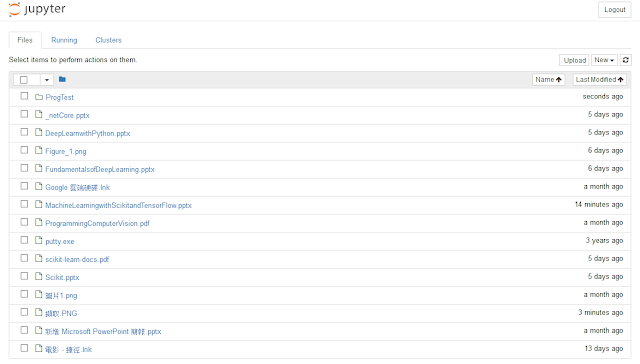Scala (2-1) Collections (Array and List)
1. Array:
Arrays are mutable which is used to store a fixed-size sequential collection of elements of the same type.
The following example shows how to create an array to hold 3 strings.
val names = new Array[String](3)
We can assign the new value to the element of the array.
names(0) = "Ben" names(1) = "Alice" names(2) = "Vick"
Note that the arrays in Scala are accessed by placing the index inside parentheses.
We can iterate through the Array with a for...in loop.
for (name <- names ) {
println(name) // do something
}
2. List:
Scala's List, differs from Java’s List type which is always immutable.
val names = List("Alice", "Ben", "Vick")
println(names(2))
names(1) = "Beny" // error
If we want to concatenate the lists, we need to create a new variable.
val groupA = List("Bob", "Alice")
val groupB = List("Tom", "Kitty")
val newGroup = groupA ::: groupB // concatenate groupA with groupB
println(newGroup)
Scala’s List is designed to enable a functional style of programming.
val squareSize = List(5, 10, 30) val squareArea = squareSize.map( (x) => x * x ) println(squareArea)
List.map() will iterate through the elements in the List and apply the function to the element.
List.map() receives a function as a parameter. (x) => x * x is a lambda expression in Scala which means input a x and return x * x (we will write other articles to talk about the detail of the lambda expression).
List.filter() is another useful function. See the following syntax:
val numLst = List(1,2,3,4,5,6,7) val evenLst = numLst.filter( (x) => x%2 == 0 ) println(evenLst) // List(2,4,6)
List.filter() also receives a function as a parameter which filters the elements in the List if the lambda expression return false.

留言
張貼留言